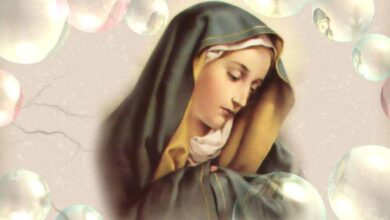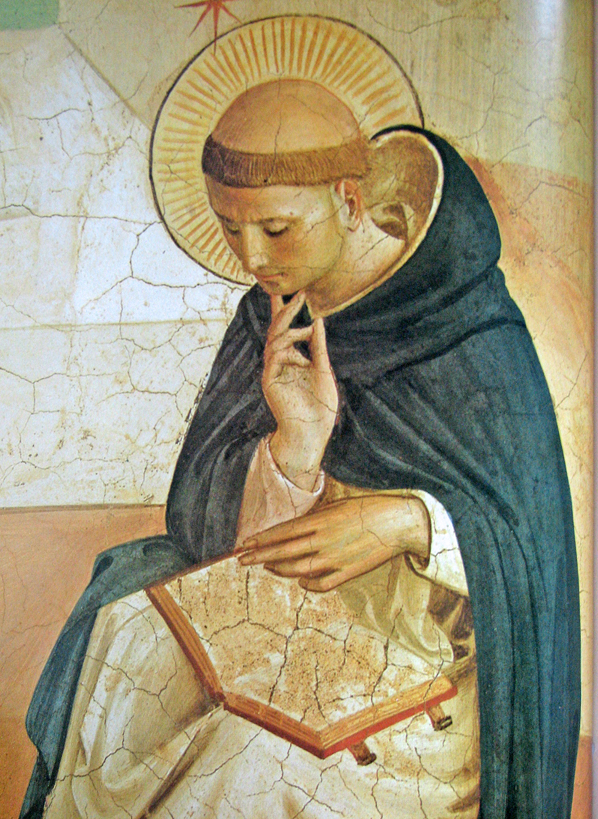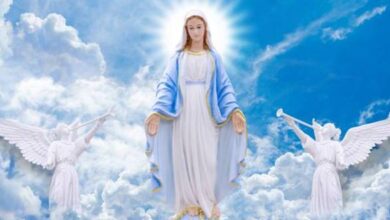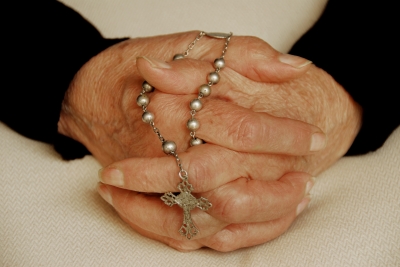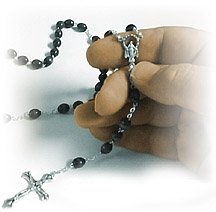The Power of the Rosary: Historical Moments Transformed by Prayer and Mary’s Intercession
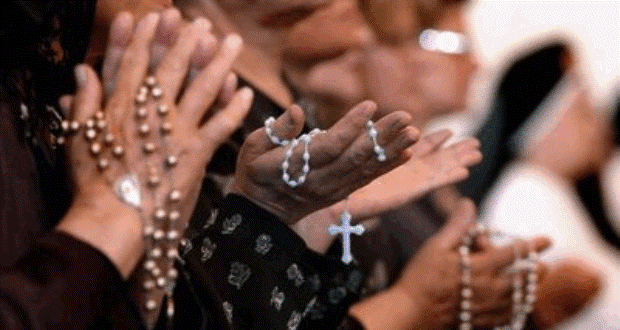
Introduction: The Rosary as a Spiritual Weapon
The Rosary has long been regarded as a powerful tool of prayer and meditation, especially in times of great need. Throughout history, Christians have turned to the Blessed Virgin Mary for intercession, believing that through the Rosary, they could obtain both peace and victory in seemingly impossible situations. While the Rosary may appear simple—just a set of prayers recited over beads—its spiritual power has been felt across centuries, and many attribute miraculous events to its influence. In this post, we will explore some key historical moments, (apart from the battle of Lepanto which was covered in a previous post) where the Rosary, and Mary’s intercession, played a crucial role in securing peace or victory, often against overwhelming odds.
1. The Miracle of the Rosary in Austria (1955)
After World War II, Austria was divided into zones of occupation by the Allied powers, which included the Soviet Union, the United States, the United Kingdom, and France. The Soviet Union occupied the eastern part of Austria, including the capital, Vienna, and as tensions mounted during the early years of the Cold War, it seemed likely that Austria would fall under Soviet control, just as many Eastern European nations had.
However, something remarkable happened. A Franciscan priest, Father Petrus Pavlicek, felt inspired to encourage Austrians to pray the Rosary for the country’s freedom. In 1947, he began a Rosary crusade, urging the people of Austria to turn to Our Lady of the Rosary for deliverance from Soviet occupation. His motto was simple yet powerful: “Pray the Rosary until the Soviets leave.”
Thousands of Austrians heeded his call, and over the next several years, prayer rallies were held across the country, with an estimated half a million people joining in. The faithful prayed fervently, asking the Blessed Virgin Mary to intercede for their freedom.
Incredibly, in May 1955, the Soviets—without any military confrontation or violent uprising—agreed to withdraw from Austria, signing the Austrian State Treaty, which granted Austria its full sovereignty and neutral status. This peaceful withdrawal stunned many observers, especially given the Soviet Union’s usual reluctance to relinquish control over occupied territories in Europe.
Many Catholics, particularly those involved in the Rosary crusade, saw this as a direct answer to their prayers. The event became known as the Miracle of the Rosary in Austria, with many attributing the peaceful liberation to the power of the Rosary and Our Lady’s intercession.
2. The Siege of Vienna (1683)
The Ottoman Empire once again threatened Europe in 1683, this time targeting Vienna, Austria’s capital. The Ottomans laid siege to the city, and it appeared that Vienna would fall, opening the gateway for further Ottoman advances into the heart of Europe. The situation was desperate, as the defenders of Vienna were vastly outnumbered by the powerful Ottoman forces.
Across Europe, Christians prayed the Rosary for the salvation of Vienna and the defeat of the Ottoman invaders. The Polish king, Jan III Sobieski, led a coalition of Christian forces in a last-ditch effort to lift the siege. Before leading his army into battle, Sobieski knelt in prayer, invoking Our Lady’s intercession for victory.
On September 12, 1683, Sobieski and his forces achieved a stunning victory, routing the Ottoman army and saving Vienna from conquest. The victory was attributed to the intercession of the Blessed Virgin Mary, and in recognition of this, Pope Innocent XI declared September 12 as the Feast of the Holy Name of Mary. Once again, the Rosary was credited with securing a miraculous victory.
3. The 1986 People Power Revolution in the Philippines
The Philippines, under the dictatorship of Ferdinand Marcos, was plunged into a period of political turmoil and unrest in the 1980s. After years of corruption, suppression, and electoral fraud, the people began to rise up against Marcos’s regime. However, tensions were high, and many feared that the resistance would be met with brutal military force, leading to widespread violence.
Led by Cardinal Sin and Corazon Aquino, the people of the Philippines turned to the Rosary as their weapon of peace. Thousands gathered in the streets to pray the Rosary for the overthrow of the dictatorship and for a peaceful transition of power. The Rosary rallies became a hallmark of the revolution, with many trusting in Mary’s intercession for the safety and success of their movement.
In a stunning turn of events, the regime of Ferdinand Marcos fell without the anticipated bloodshed. The military forces defected to the side of the people, and the revolution ended peacefully. Many credited the power of the Rosary and Our Lady of the Rosary for the non-violent success of the revolution, which became known as the People Power Revolution.
Conclusion: The Enduring Power of Mary’s Intercession
Throughout history, the Rosary has proven to be more than just a set of prayers; it has been a channel for Mary’s intercession and a spiritual weapon in times of need. Whether in military conflict, political turmoil, or personal crises, countless believers have turned to the Rosary for strength, protection, and peace. These historical moments serve as a reminder of the power of prayer, the importance of faith, and the guiding hand of the Blessed Virgin Mary. In a world still filled with conflict and uncertainty, the Rosary remains a timeless and powerful tool for invoking Mary’s help and drawing closer to God.


